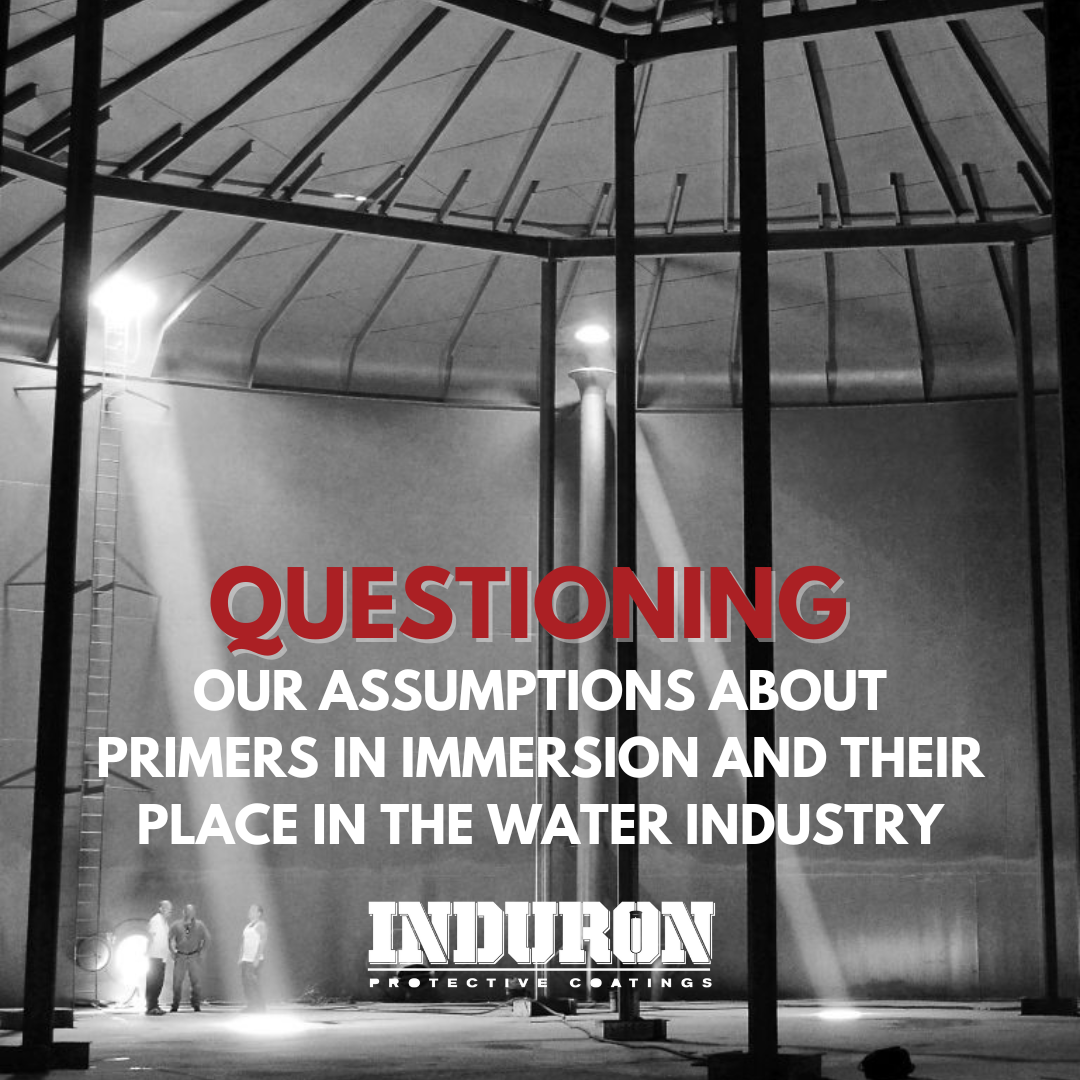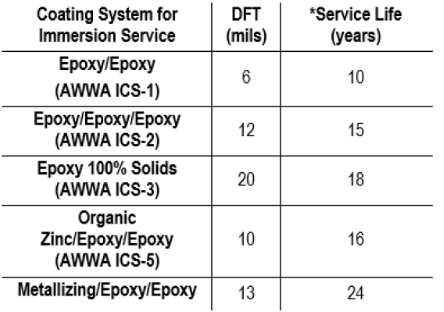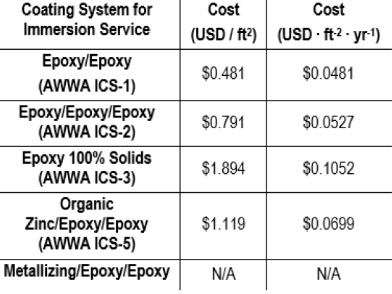By: William Seawell, Technical Service Manager
 In July 2023 Materials Performance Magazine published a white paper sponsored by Induron Coatings detailing various technical reasons that the common engineering understanding about the galvanic mechanism of action in organic urethane zinc primers deserves re-examining at the systemic level.
In July 2023 Materials Performance Magazine published a white paper sponsored by Induron Coatings detailing various technical reasons that the common engineering understanding about the galvanic mechanism of action in organic urethane zinc primers deserves re-examining at the systemic level.
Due to the technical nature of this paper Induron has reproduced here, a brief summary of the paper’s conclusions aimed at the casual reader who may or may not have a background in corrosion science or paint formulation chemistry as we thoroughly believe this is a message worth sharing with anyone involved in the specification of, budgeting for, maintenance of or even just cursorily involved in the painting of steel water tanks.
Moisture cured urethane zinc primers have become very common in the water tank industry in the context of water immersion lining. Most coatings manufacturers participating in the market have some moisture cured urethane zinc (MCU-Zinc) offering. AWWA D-102 is the standard most engineers use to select water tank linings and D102 does in fact list MCU-Zinc in multiple of the included lining systems. The other most common primer type is “Epoxy”.
The two primer types differ, both in how they are marketed, and how they actually function in service. Epoxies are known for their extreme lack of permeability (resistance to the ingress of water or other molecules). They are often marketed for these properties and it has been firmly established, by both laboratory and real world means, that this is in fact how they protect the underlying steel in immersion.
MCU-Zincs are marketed as having galvanic action in immersion. This is, in no uncertain terms, incorrect. A thorough examination of the scientific and engineering literature revealed zero references to galvanic action of topcoated zinc dust primers in immersion. Whether or not there is any galvanic action for un-topcoated zinc in immersion is beyond the scope of this document but no manufacturer which has an MCU-Zinc offering recommends it be used in immersion without a topcoat. AWWA D-102 does not list “naked zinc” as a viable system either. MCU-Zinc primers are not equivalent to the much more robust inorganic zinc primers with which they are often conflated.
We did find in our literature search, multiple references to scientific studies, both empirical (laboratory based) and theoretical (mathematically derived), undeniably establishing that topcoated zinc in immersion loses its galvanic action very rapidly (within days not years) after being topcoated and put into immersion service. This is due to a variety of factors but primarily a lack of ambient of oxygen to continue the oxidation reaction. This is vitally relevant since zinc requires oxygen to be oxidized to zinc oxide and protect the underlying steel.
In our analysis we also cite studies of real, in service, water tanks that show, beyond any reasonable doubt, that zinc / epoxy / epoxy lining systems actually only perform more or less to parity with equivalent film thickness epoxy / epoxy / epoxy lining systems on average. However, when adjusted for total applied cost this becomes quite a disparity to the favor of epoxies. We reproduce their “expected service life of coatings” for potable water linings numbers here coupled with our interpretation of total applied costs of these systems:
In conclusion, Induron offers an MCU-zinc primer and we intend to continue doing so for as long as our customers are served by it. However, we strongly believe that much of the marketing hype around moisture cured urethane zinc is not founded on solid science and engineering but instead on salesmanship and clever manufacturer marketing.
Looking at the table above it is apparent that MCU-Zinc does in fact “work” in some sense. It is still a viable primer system. The industry needs to systemically re-examine its engineering position on galvanic primers in immersion and with a critical eye to inquire where the benefit actually exists in this technology. Particularly when epoxies are readily available, proven, easy to apply, more cost effective, and very well understood.
The author calls on the industry and academic community to examine these questions further to serve our water consuming (and utility paying) communities in a cost effective and efficient manner that is guided by skeptical examination of new technologies and old technologies that may now, or may have considered in the past, the default option.
Interested in learning more? Download the full white paper from Material’s Performance here.






